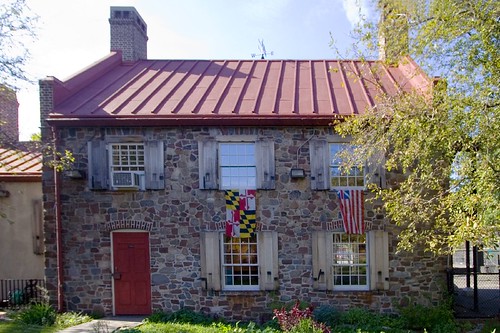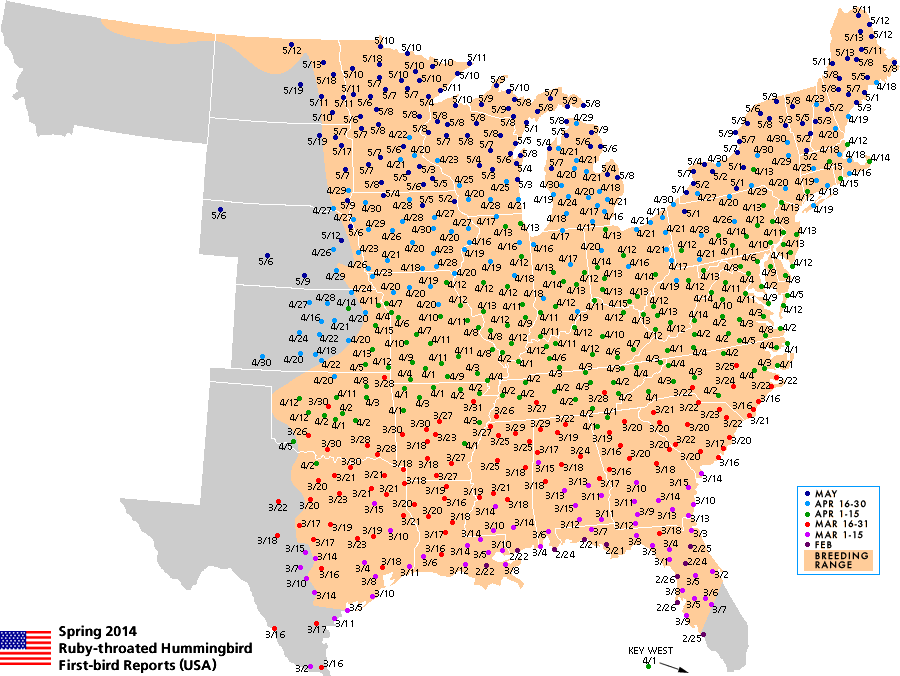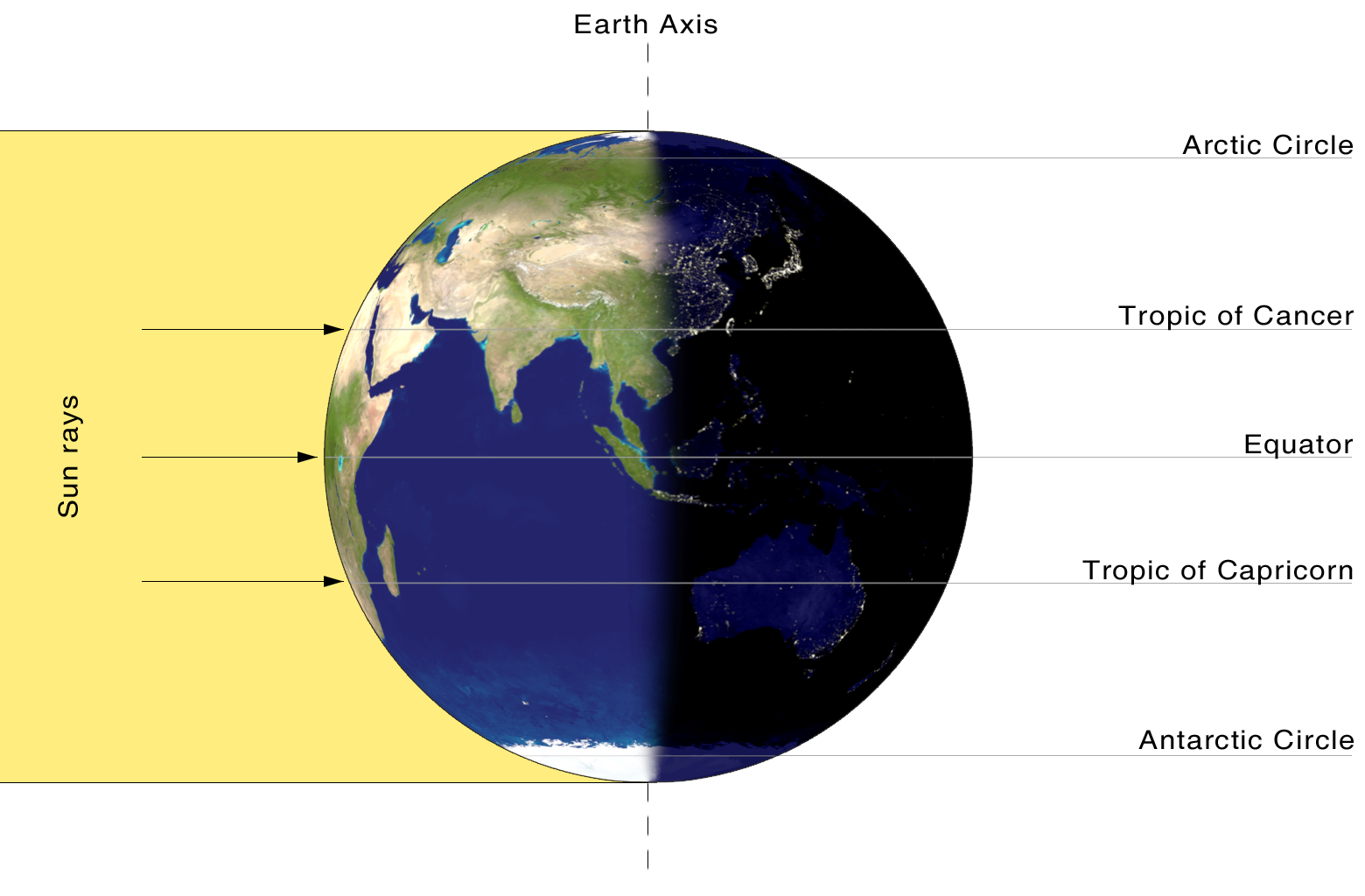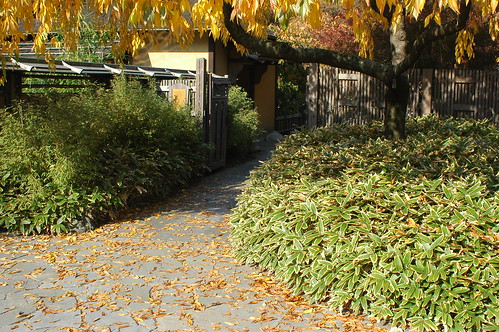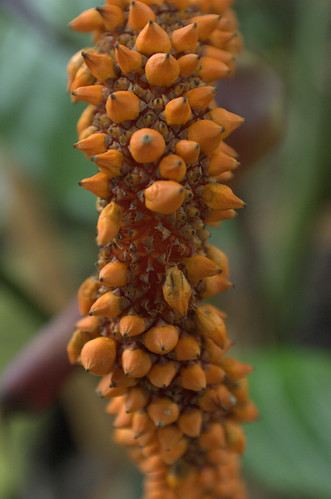Gowanus Canal, looking north from the 9th Street Bridge
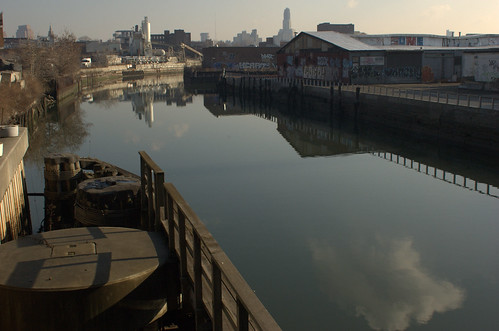
Last Sunday, the Historic District Council‘s Walking Tour of Red Hook began with all of us gathering on the “plaza” outside the Smith & 9th Street station. This station is the highest point above sea level in the NYC subway system. The reason: it has to cross the Gowanus Canal.
The Gowanus Canal has had a deserved reputation for polluted, even toxic, waters. Several years ago, a circulation fan at the head of the canal was repaired, returning water flow to the canal for the first time in decades. Almost immediately, water conditions improved, and life began to return to its waters.
Gowanus Canal, North of the Bridge




All along the New York waterfront, bulkheads and piers are failing. For decades, water pollution preserved the wooden pilings. With improved water quality, shipworms have returned and are devastating the wood. You can see a bulkhead failure in the photo below.

I think this planter qualifies as a defiant garden. There were a couple of them along the edge on the northwest side of the bridge. I want to come back in the spring to see what’s growing in them.

South of the Bridge
South of the bridge, the Gowanus Expressway crosses over the canal.

Earlier this week, the Gowanus Lounge noted that the Revere Sugar Dome demolition material was being carted to a scrapyard on the Gowanus. When I was there on Sunday, I noticed activity at the scrapyard south of the bridge. I think it’s the same one. If so, here’s the remains of the Revere Sugar Dome in action.


The Bridge
The Gowanus Canal is a working waterway. There isn’t enough room for the street bridge beneath the subway station to tilt up, so it lifts vertically, straight up. You can see the cables against the column on the left of this photo.

Here’s the hardware connecting the counterweight, the top of which you can see here, to the cables.

The understructure of the subway platform is completely wrapped to contain concrete spalling off beams and trusses.

Every public structure in NYC is a branding opportunity.

The View from Above
The station platform, and the approach on either side, of the Smith & 9th Street station provide wonderful views of Brooklyn and New York Harbor.








Links:

